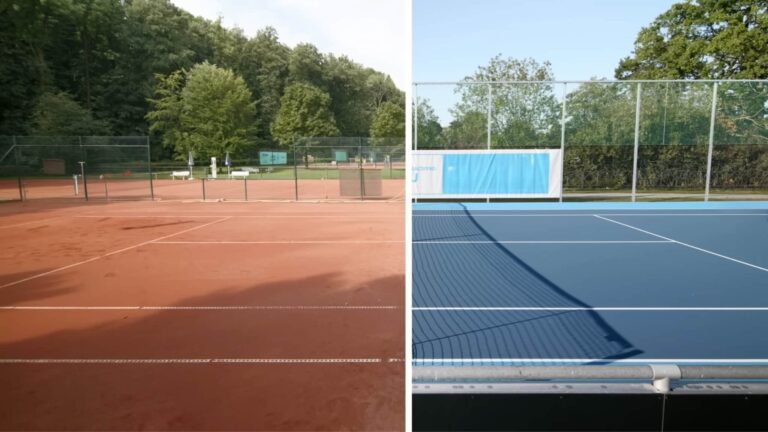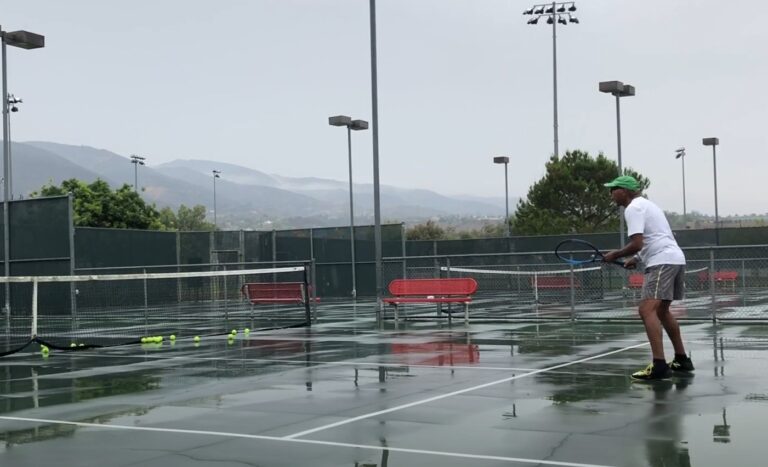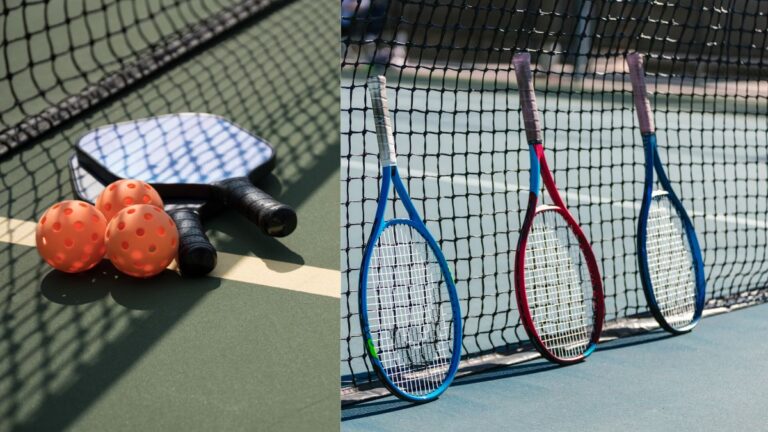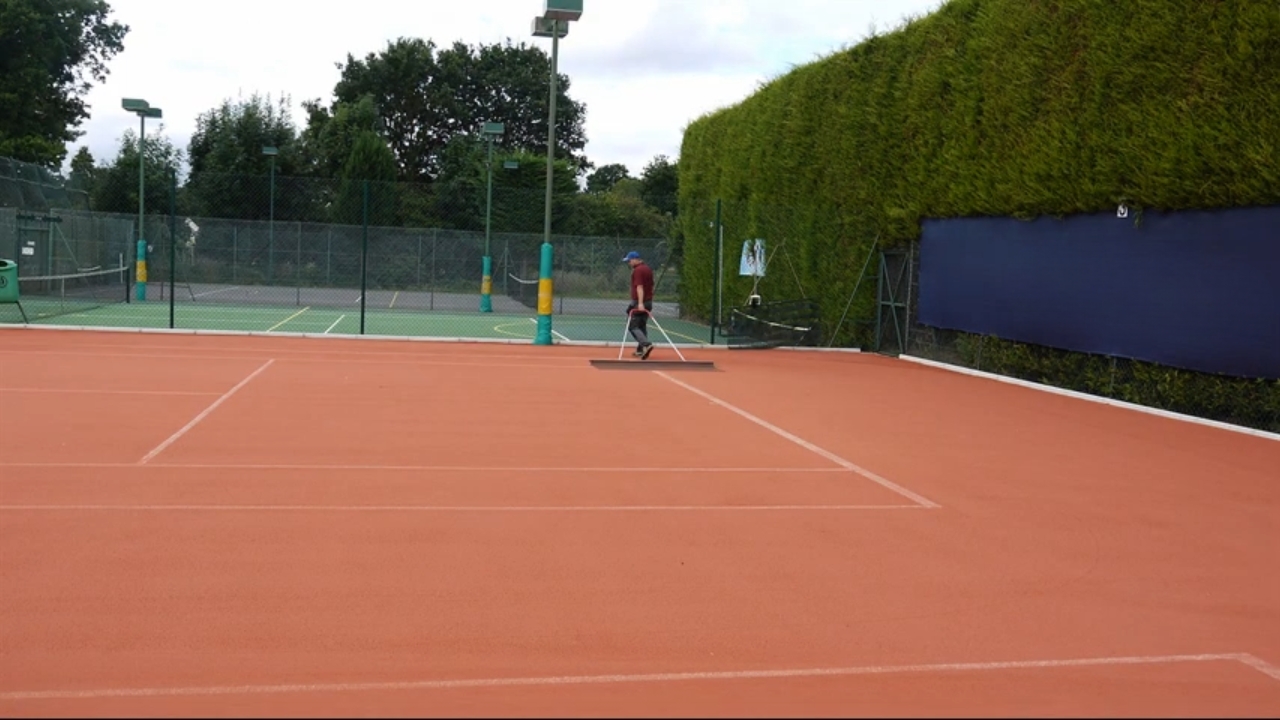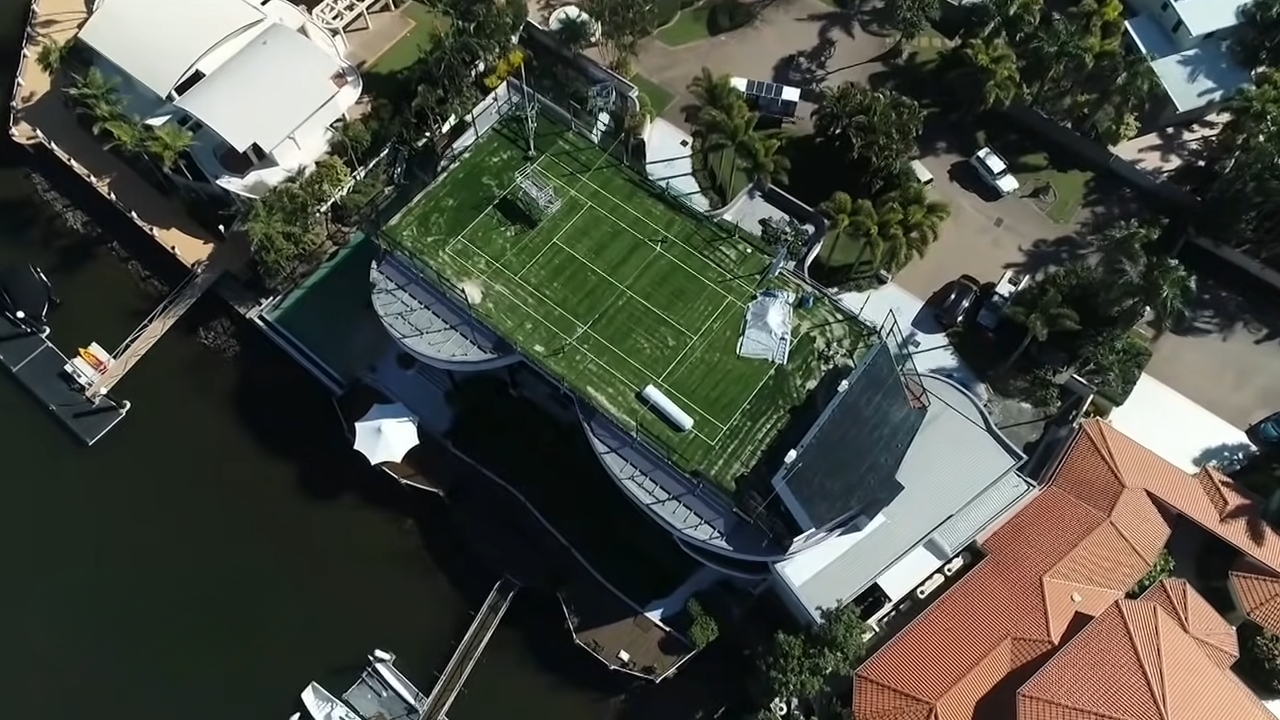So your court’s lookin’ rough lately, huh? Maybe it’s getting cracked and worn out. Or maybe the lines are faded so bad you can’t even see them anymore! Well don’t you worry – I’m here to break down your options so you can pick the best fix.
You can either resurface the whole thing, which will feel super smooth, like brand new again. But it ain’t cheap! Or you can just patch it up with some repairs, which is easier on the wallet. So what’ll it be – quality or savings?
It’s all based on your court’s condition and what kind of dough you wanna drop. Before you decide, you really need to take a good, hard look at what shape your court is in. Is it past the point of patching, or can it still use some TLC?
You also gotta think about your budget. How much money you workin’ with here? The worse shape it’s in, the more you’ll spend. No doubt, we have a lot to discuss, so let’s begin without further delay!
What Can Resurfacing Do For Your Court?
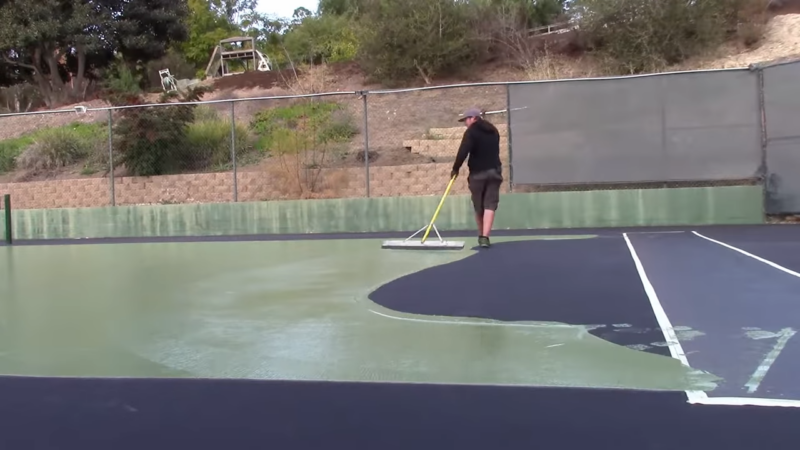
Resurfacing a tennis court is not brain surgery, but you still have to do it right! First and foremost, old layers gotta go. We’re talking about the cracked, worn-down stuff that’s had it. There are machines that scrape that junk off in no time.
Then comes the fun part. Fill in any holes so you don’t twist an ankle out there. Also gotta smooth the whole thing over so that the ball rolls nice and even everywhere.
After that, it’s time to lay down the fresh stuff. You want that acrylic or asphalt stuff, as it gives you a nice new playing surface. And hey, just like at the Grand Slams, different surfaces can completely change the game—clay, grass, or hard court, each with its own challenges and advantages!
So, what are you getting from this? Quite a lot, actually:
- The rain ain’t gotta worry ya no more! Drains better, so no mildew messing things up.
- Who needs banana peels? You’ll grip that court like nobody’s business now that traction’s improved.
- No more arm fatigue! The ball acts right since everything’s level at last.
- Looks brand new too. Bright color will have folks thinking you just built it!
What About Tennis Court Repairing?

When you play tennis a lot, it’s only natural that the court will start to look rough after a while. If you see cracks, dents, holes, or bumpy spots forming, it’s time to get that repaired soon. The longer you wait, the worse it’ll get.
Repairing a tennis court means dealing with any damage. That could be cracks in the surface, places where chunks are missing, low or high spots, or seams coming apart. The repair guys use special products and tools to fill things in, seal cracks, smooth out rough parts, and make your court as good as new again.
It’s super important to stay on top of repairs so you can keep playing without problems. A smooth court is safer and way more fun, too.
Which Option Is Right for Me?
Here are some important things to consider when deciding if you should fix up or redo your tennis court.
The Cost Factor
How much repairs and resurfacing will cost depends on things like how big your court is, what materials you use, and the cost of labor. In general, it’s usually cheaper to FIX problems than to redo the whole surface.
Watch the Clock!

When it comes to fixing up projects, time is everything. Repairs usually get done a lot faster than resurfacing and can often be done in just days or weeks instead of months.
How Bad Is the Damage?
If your tennis court has some serious issues, like cracks and holes everywhere, redoing the whole surface is probably best. But small problems can often be patched up quickly without messing up how the court plays.
The Bottom Line
Take some time to really think about your options based on these factors, including how to adapt the dimensions for Pickleball play on a tennis court. The choice isn’t always clear cut, so weigh the pros and cons of each for your situation. With a little planning, you’re sure to end up with a court you and your players will love for years to come!






